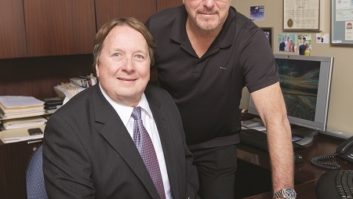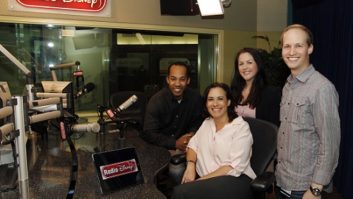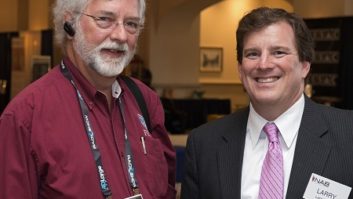
It starts like this: The program director walks into the general sales manager’s office with what he says is an amazing sales opportunity. While the concept is a really good one, there is a problem: The program director has given the GSM just 10 days to sell something that would normally carry a substantial price tag.
Had the GSM been presented with this opportunity six weeks earlier, she could have sold it for $10,000 — but on such short notice? She’d be lucky to get a client to shell out even $1,000.
The PD, as usual, seems stunned that this is even an issue. Later he complains to the market manager that the sales staff isn’t capable of selling under pressure.
This scenario will repeat itself countless times this coming year unless PDs plan and understand that it takes time to sell anything conceptually.
SALES IS HARD
Why does this happen so often?
Unfortunately, program directors rarely are exposed to the sales process. Because selling belongs to another department, they don’t look at sales as having much to do with their world.
It is essential that program directors get the bigger picture. Exceptional program directors ask the right questions on their own, of course; but sometimes it takes a superior market manager who forces her PDs to learn about the sales process.
I had been in radio on the content and marketing side for about 15 years before I was pushed by a forward-thinking market manager to attend a “needs analysis” seminar that filled every minute of its three-day schedule. That seminar opened my eyes to what it takes to uncover a client’s requirements, build a plan to meet those needs and then actually close the deal.
While it’s difficult to distill the sales process for content people in a short article, here are a few tenets that, when believed, are easy to understand. I emphasize “believed” because often PDs will hear the process described but won’t give credence to the information until they’ve received formal training — or until they have at least gone on a few sales calls to see the process for themselves.
EARNING THAT MONEY
The basic fact is that there are absolutely, positively zero clients who have stacks of cash sitting in an office drawer collecting dust, just waiting for a radio sales person to come along and ask for it. As at your company, clients live and work with an actual budget. This is as true for the small retail places of business as it is for major corporations.
When a sales person presents an opportunity for sponsorship, the client must have time — weeks sometimes, even months — to consider the proposition, ask questions and often filter information through the people who will be affected by this decision.
This is even more cumbersome when dealing with an advertising agency that represents clients.
Another vital element is almost always a preexisting relationship with the client, as it’s nearly impossible to cold-call them with conceptual sales ideas. Trust, developed over a lengthy time period, opens the door and gives the sales person the perceived credibility to point out the value proposition.
When sales reps know their client(s) well, they understand what interests them and how much pressure they can apply to close the deal if it’s getting close to decision time.
The number one thing a program director can do to help his general sales manager maximize sales opportunities is to create a solid 2014 calendar of events, activities and promotions, many of which, I hope, can be sold to clients.
PDs must remember that it’s not only ratings that drive a commercial radio station’s success; those ratings must come with the sales necessary to drive profits. At the end of the day, this is about everyone’s job security, peace of mind and mutually beneficial future.
Mark Lapidus is president of Lapidus Media and a longtime RW contributor. He can be reached at[email protected].











